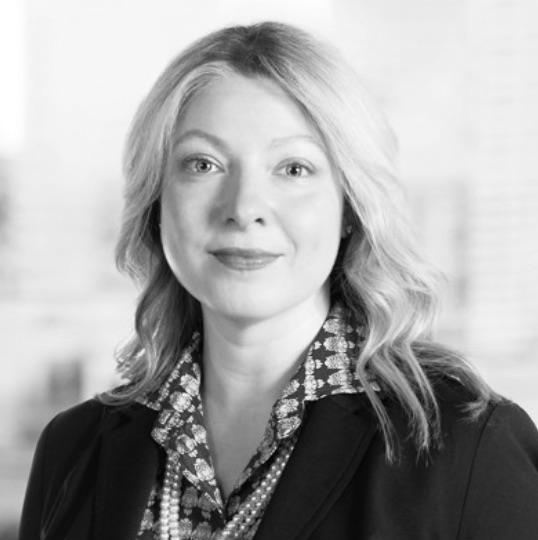The Virginia Oyster Shell Recycling Program is building a better, healthier bay.

Oyster shell ready for recycling.
Photo courtesy of Todd Janeski

Todd Janeski
Photo courtesy of Todd Janeski

Boat replanting recycled oyster shells in the Bay.
Photo courtesy of Todd Janeski

Photo courtesy of Todd Janeski
One man’s trash is another man’s treasure. You might not think too much about those shells left on your plate after devouring a dozen or so of Virginia’s finest oysters, but Todd Janeski does.
“I never thought I’d be in the waste management business,” says Janeski, laughing. The director of the Virginia Oyster Shell Recycling Program for Virginia Commonwealth University’s Department of Life Sciences at the Rice Rivers Center, Janeski and his network of 200 volunteers around the state collect oyster shells from restaurants and retailers as part of a campaign, nicknamed Don’t Chuck the Shuck, to keep the precious shell out of landfills and back in Chesapeake Bay tributaries.
The shell is the necessary material for baby oysters—a.k.a. spat—to latch onto and mature. Besides being tasty morsels for seafood lovers, oysters are efficient cleaners and can filter more than 50 gallons of water in 24 hours. Around the turn of the 20th century, it was estimated the oyster population could filter the entire Bay in a week. However, hit hard by overharvesting in the early 1900s and increasingly polluted waters, oysters faced near devastation when diseases attributed to warming local waters struck in the 1960s. The good news is that clean up efforts and new aquaculture methods begun in the 1980s have been slowly rebuilding the oyster populations.
“As a teenager, I had dredged oysters and had an appreciation for them,” says Janeski, a native New Englander who in 2005 was hired to oversee Virginia’s piece of the National Coastal Zone Management Program, a federal program to balance environmental, economic and human health-related issues in coastal areas. Five years ago he began noticing oyster shells from restaurants that were ending up in landfills. With support from VCU’s Rice Rivers Center, Janeski launched the Don’t Chuck the Shuck campaign with only four Richmond-area restaurants agreeing to collect discarded oyster shells in buckets for Janeski to pick up and save for replanting in the Bay’s tributaries.
In five years, the number of restaurants and retailers participating in the oyster collection has grown to more than 60 and includes major grocery store chains Wegman’s and Harris Teeter. In 2017, Janeski and his crew of volunteers collected about 125,000 pounds of shell, up from around 75,000 to 110,000 pounds in previous years.

Dr. Rob Tombes, vice provost for life sciences and research at VCU.
Photo courtesy of Todd Janeski
And it’s no longer just a collection program. Kevin Wade, whose family has owned J&W Seafood in Middlesex and Mathews counties, has donated tanks for nursing fresh oyster spat on collected shell for planting on the sanctuary reefs. Sanctuary oyster reefs—built with a foundation of crushed stone and topped by oyster shells—are not harvested for consumption, but serve as important habitats for fish and other marine life. “I like the fact that Todd is educating consumers about the importance of shell retention,” says Wade.
About five million spat attached to nearly 110,000 pounds of oyster shell were planted on 15 acres of a newly expanded reef in the Piankatank River last summer. By Janeski’s estimation, there are 175 more acres of sanctuary reef left to build in the river to reach a goal set by the Virginia Marine Resources Commission.
“This program is 110 percent Todd’s,” says Greg Garman, director of VCU’s Rice Rivers Center. “He built this up from scratch. The viability of water resources and water quality are a couple areas of strength at Rice, and Todd’s program ties into both of those areas.”
Jeff Wade, Kevin Wade’s nephew and owner of E.J. Wade Construction in Richmond, is also a supporter of the program. “Oysters are a commodity,” says Jeff. “Todd is creating a renewable resource just as farming is a must for the food supply in this country. Todd’s work will do the same … I enjoy experiencing his passion.”
Janeski balks at the praise. “It’s like that children’s book, Stone Soup,” he explains. “I love that book. It’s not one person that makes the soup; it’s only with the contributions of many that the soup tastes good. And without the support from VCU, the industry and folks at VMRC and The Nature Conservancy, this wouldn’t work either.”
This article originally appeared in our Smoke & Salt 2018 issue.








